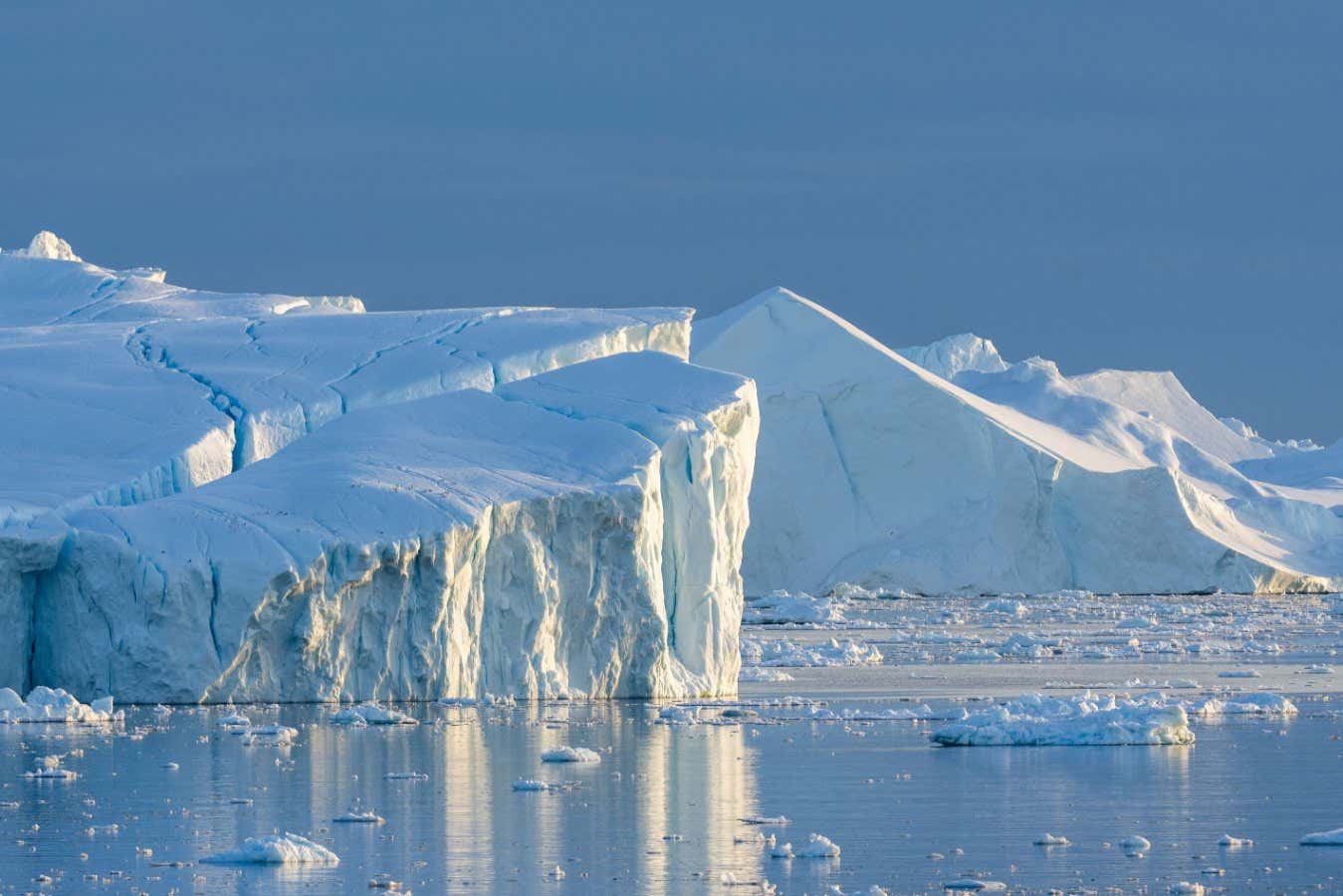Now Reading: Geoengineering Alone Won’t Save Polar Regions from Climate Change
-
01
Geoengineering Alone Won’t Save Polar Regions from Climate Change
Geoengineering Alone Won’t Save Polar Regions from Climate Change

Quick Summary
- A review of five main geoengineering ideas to halt melting of polar ice caps concludes they are largely impractical and perhaps counterproductive.
- Evaluated criteria included feasibility, environmental risks, scalability, cost, international agreement, and risk of raising false hopes.
- Key proposals reviewed:
– Sea curtains: Immense barriers to block warm ocean currents; deemed risky and impractical due to environmental conditions in antarctica.
– Removing subglacial water: Suggests drilling deep holes under glaciers; unfeasible due to lack of knowlege on water location and technological limitations.
– Glass bead cover over Arctic Ocean: Reflective beads could worsen warming effects; production scale comparable to global plastic output is unsustainable. Tested project halted for toxicity concerns.
– Stratospheric aerosol injection: Requires extreme amounts over the poles due to inefficacy during winters; raises ozone depletion and global climate disruption risks.
– Southern Ocean fertilisation: Mixed success in trials with potential negative effects like oxygen loss or increasing greenhouse gas emissions such as methane.
- Researchers involved warn these geoengineering approaches distract attention from essential carbon emission cuts needed for meaningful climate action.
Indian Opinion analysis
The complete critique emphasizes the impracticality of large-scale polar geoengineering solutions while underscoring the urgency for decarbonization as a more effective path against climate-induced sea level rises. India-vulnerable to coastal erosion with its extensive shoreline-has a vested interest in supporting global efforts focused on cutting emissions instead of relying on speculative technological fixes. While innovation remains crucial in combating climate change, prioritizing feasible strategies aligns better with India’s goals for enduring progress alongside climate resilience.
global cooperation remains critical as ecological consequences transcend borders. India must advocate pragmatism by encouraging renewable energy transitions domestically while reinforcing collaborative frameworks internationally that address long-term sustainability challenges effectively.

























